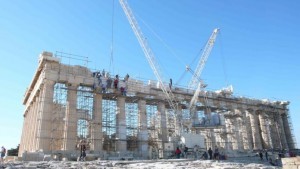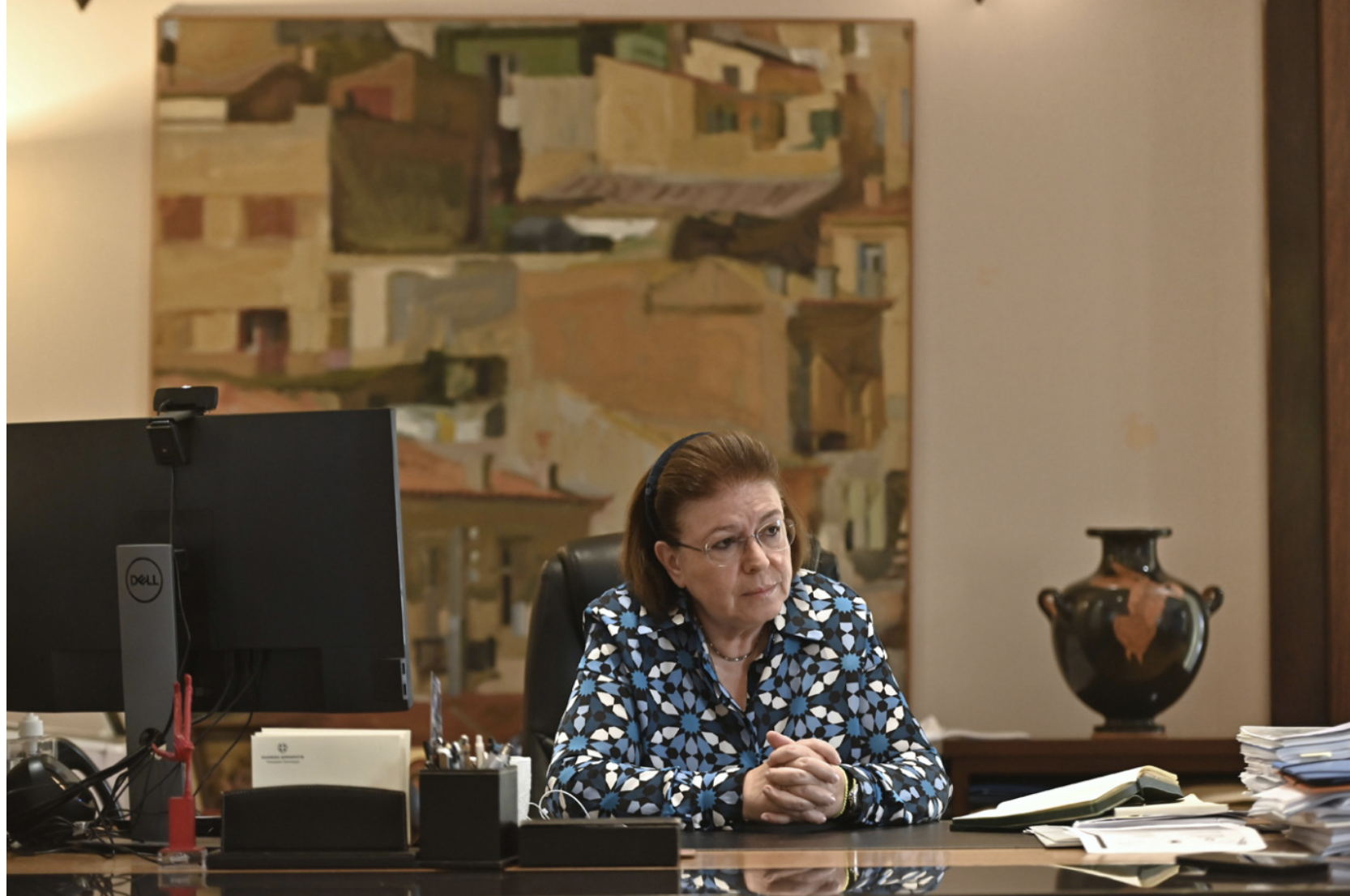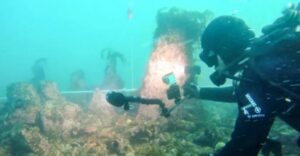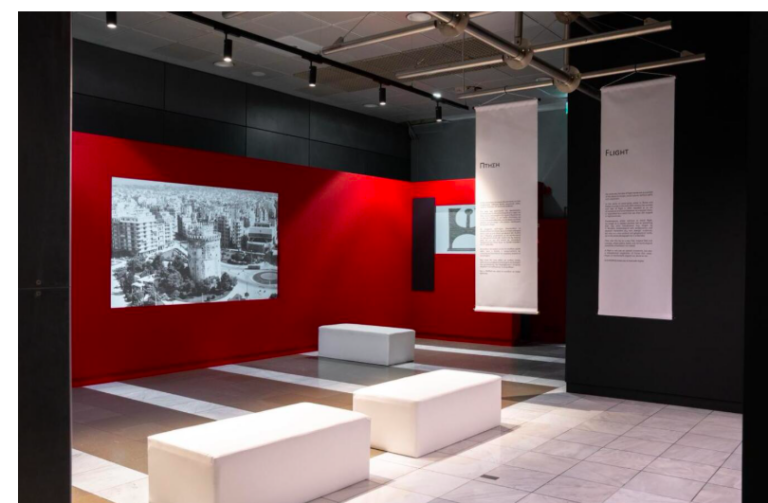The stiff leg derrick crane that was put on the Parthenon of the Acropolis in 1984 for restoration works, is to be replaced by a lighter one.
Although the complex restoration works needed for the historical monument are being continued, the crane has aged and its weight along with the increased number of visitors on the site, has made its replacement necessary, reports Kathimerini newspaper.
For the Acropolis Monument Conservation Service (YSMA); responsible for the organization and implementation of conservation and restoration projects, and the Acropolis Monuments Conservation Committee (ESMA); which has the scientific responsibility for the execution of the works, it is a historical change.
Director of YSMA Vasiliki Eleftheriou told Kathimerini that the replacement of the crane, “opens a new era for the works on the Parthenon. The idea that we had for a long time has matured: to unload the Sacred Rock from scaffolding and machinery, so that we can move on to the projects, but also to present a better picture of the site. The discussions to change the cranes, began at the end of 2015. The inner crane had started having problems. We decided to remove it and bring in the one that was outside the monument.”
According to Eleftheriou, the old crane has a history of its own. It was designed by the French company Hulotte specifically for the Parthenon, with the help of engineers Manolis Korres and Kostas Zampas. “It is a remarkable example of its kind”, she said and has helped in all projects carried out for decades now on the Acropolis hill. In consultation with the National Technical University of Athens, the crane will be transported around the end of the year, so it can be exhibited at the Lavrio Technological Park.
The crane that will replace the derrick is now on the west side of the monument. It has a 360 degree radius versus 260 of the derrick, and from its position inside the monument it can be used for all the works needed around the monument, as well.
“This crane was bought in 2002 for the north side project, which at the time was the largest project and needed independence of movement. In 2011, after finishing work on the north side, we moved it west, where we started the two-corner program and now we continue in the central area. It has the scope to serve all projects. When it takes the place of the old crane, the site will ‘breathe’ freely,” Eleftheriou said.
Source: greekreporter.com
Ask me anything
Explore related questions





